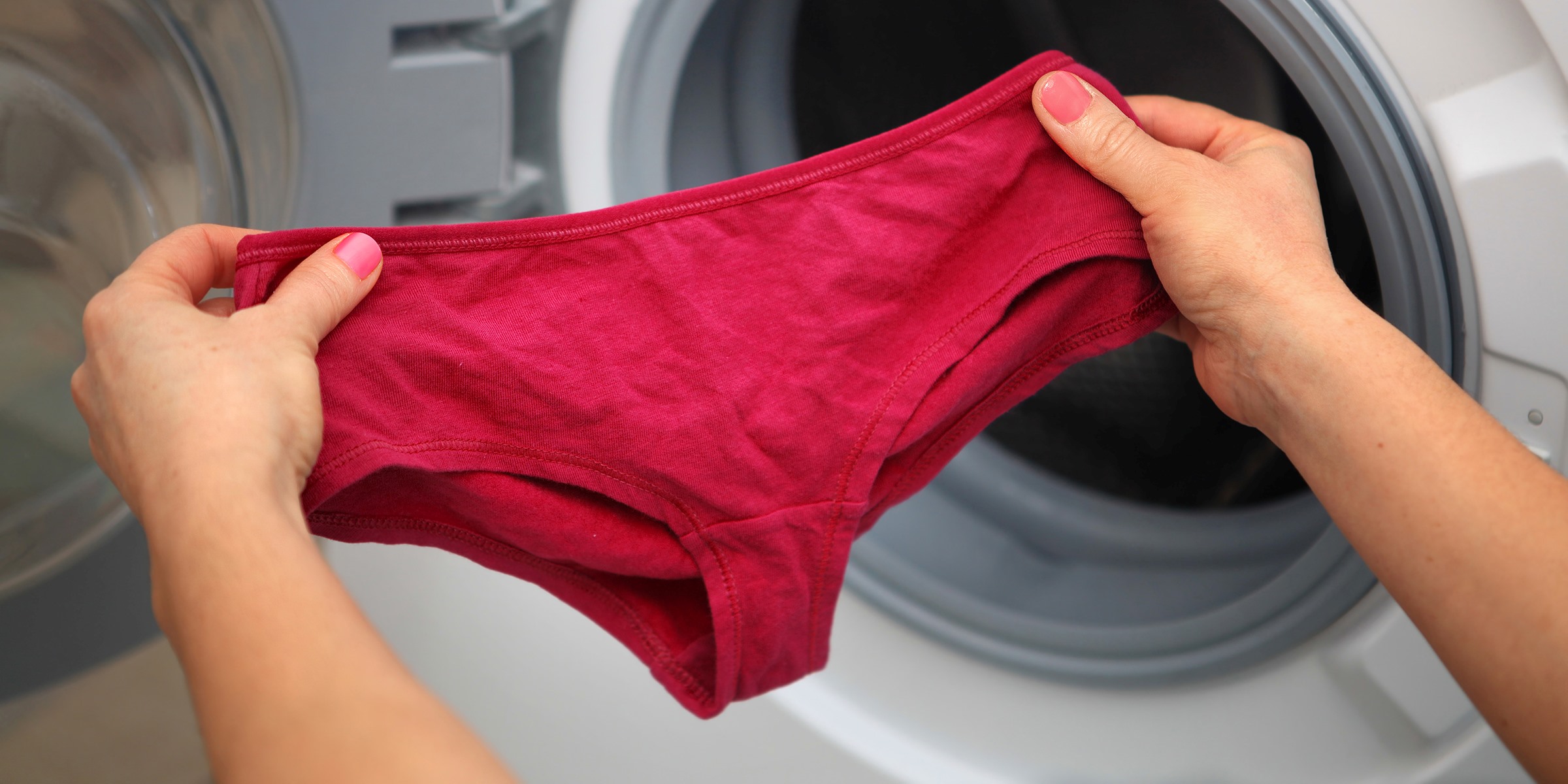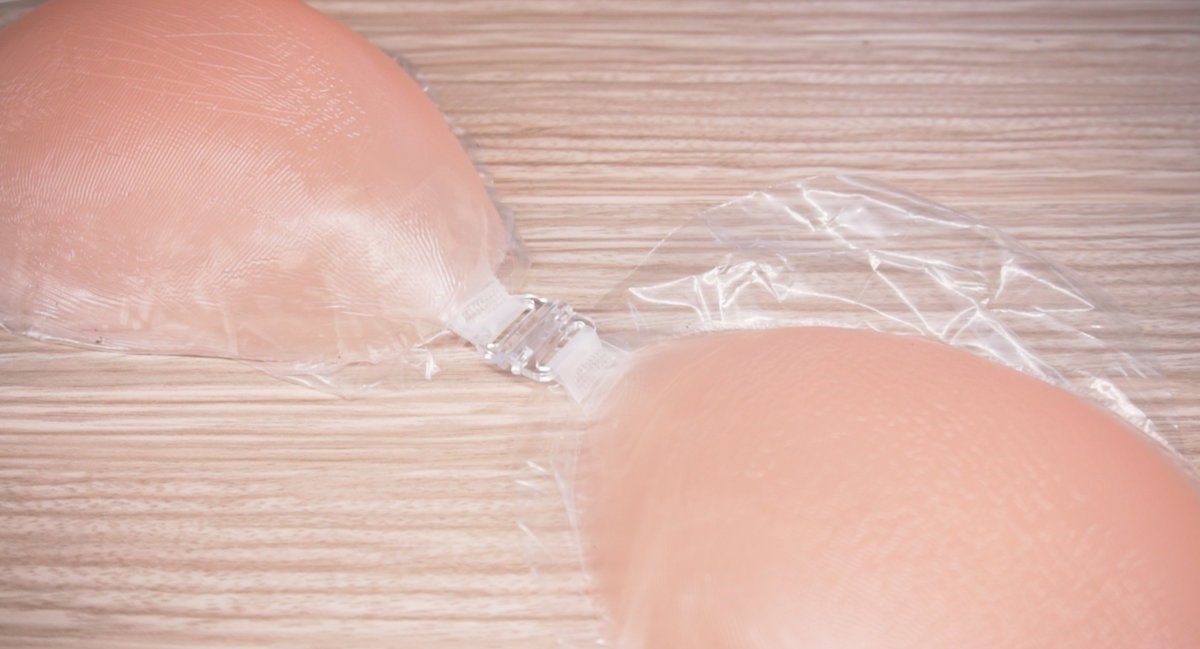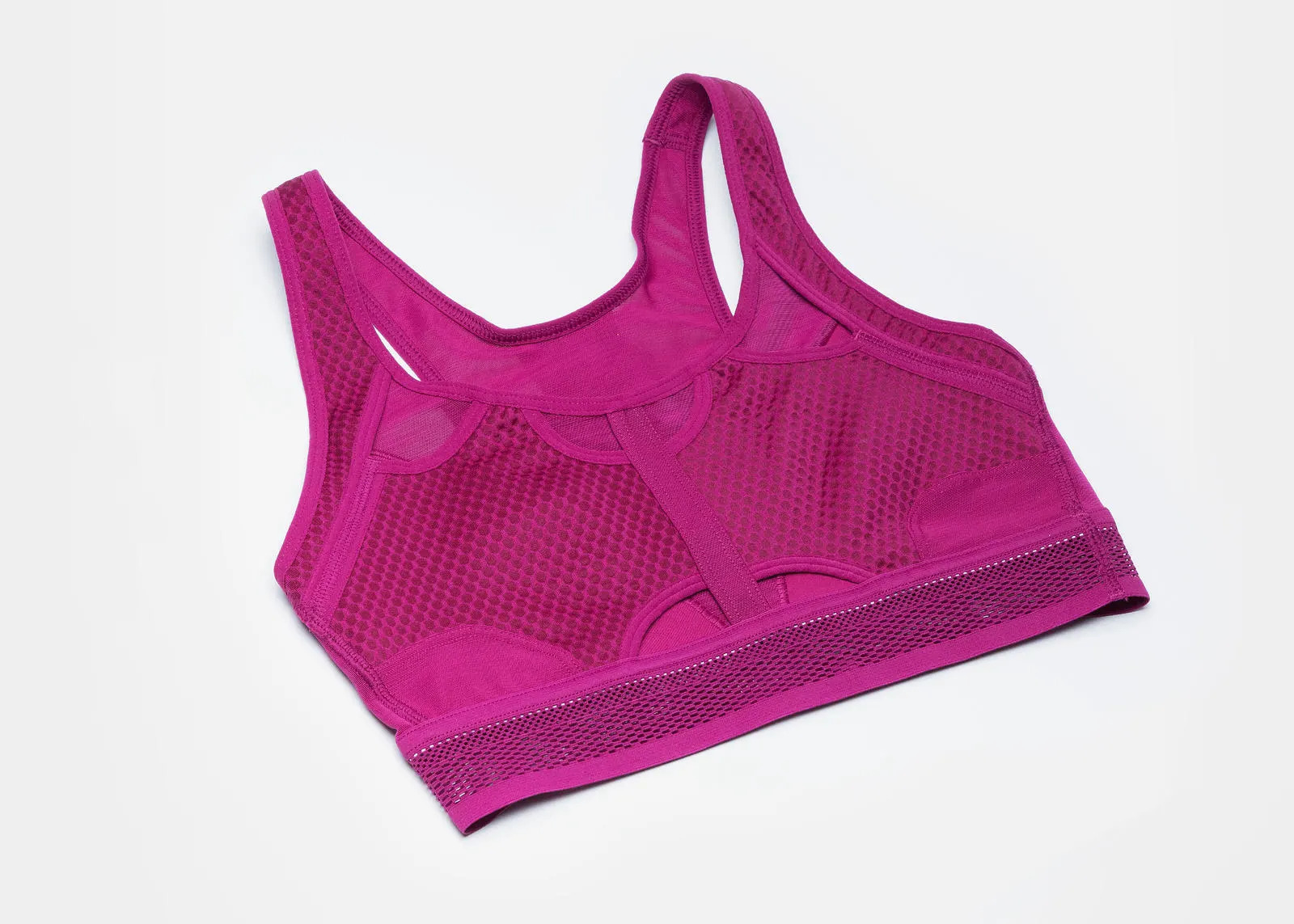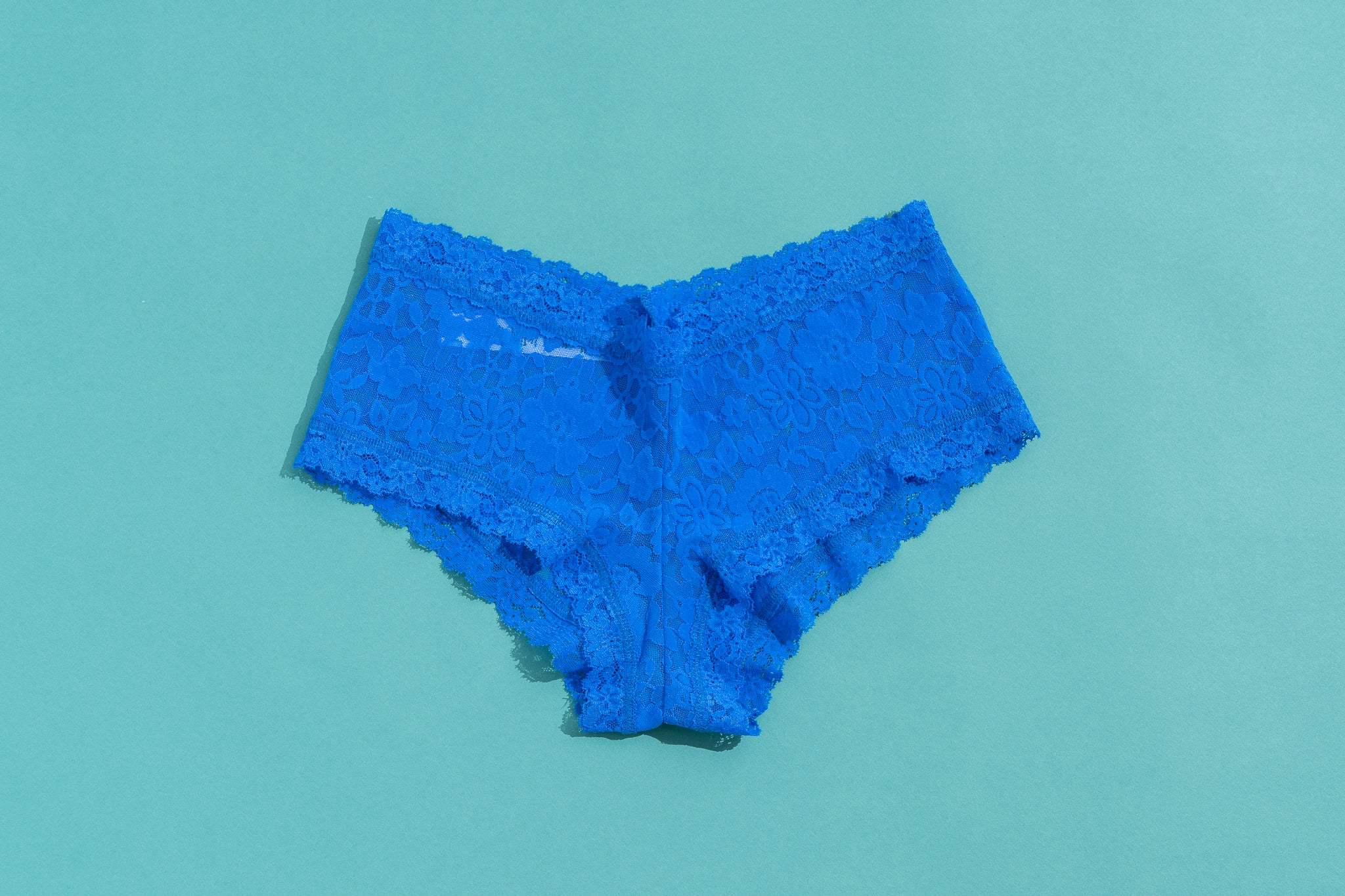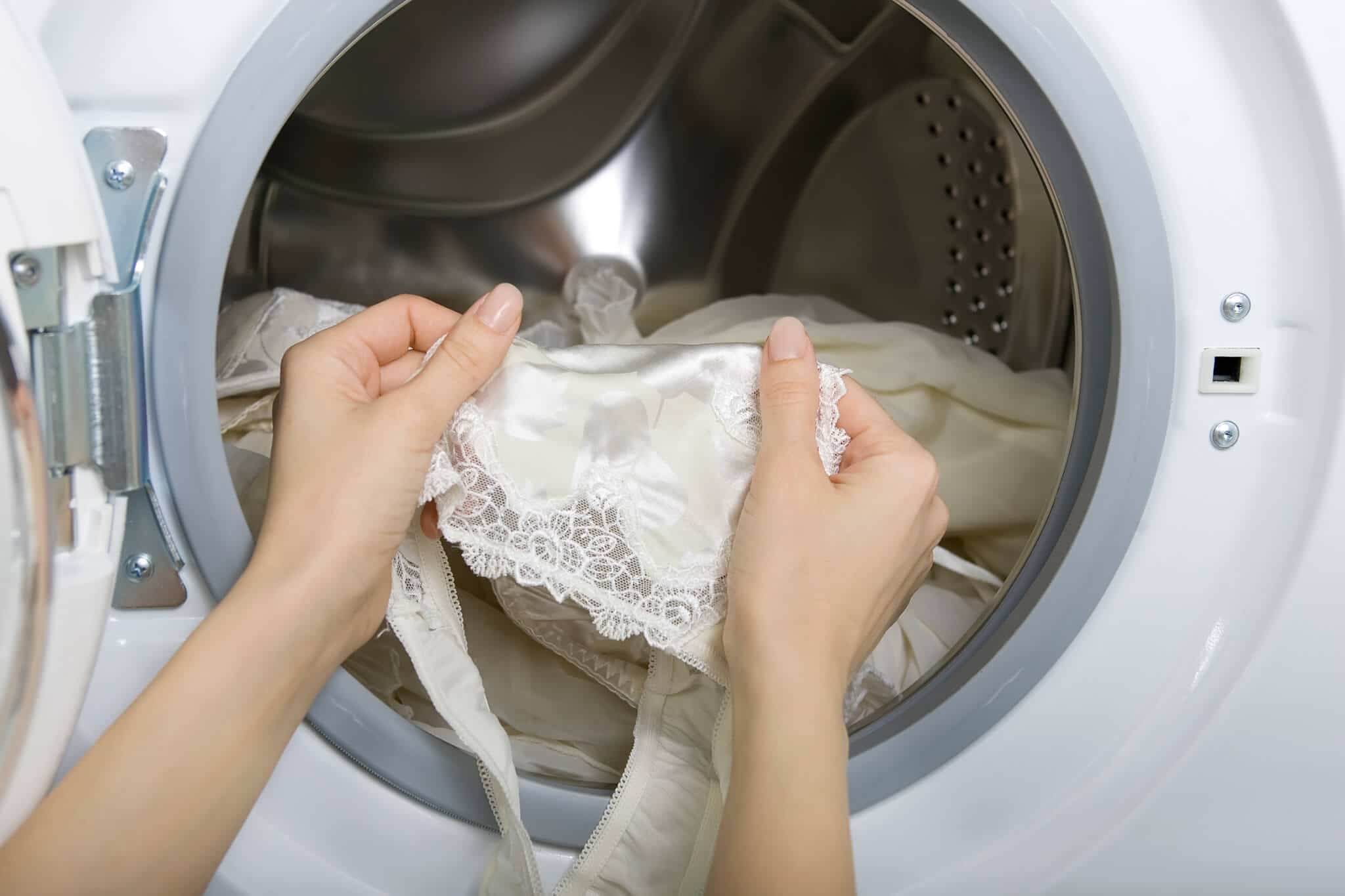Home>How-to Guides>For Women>How To Hand Wash Swimwear
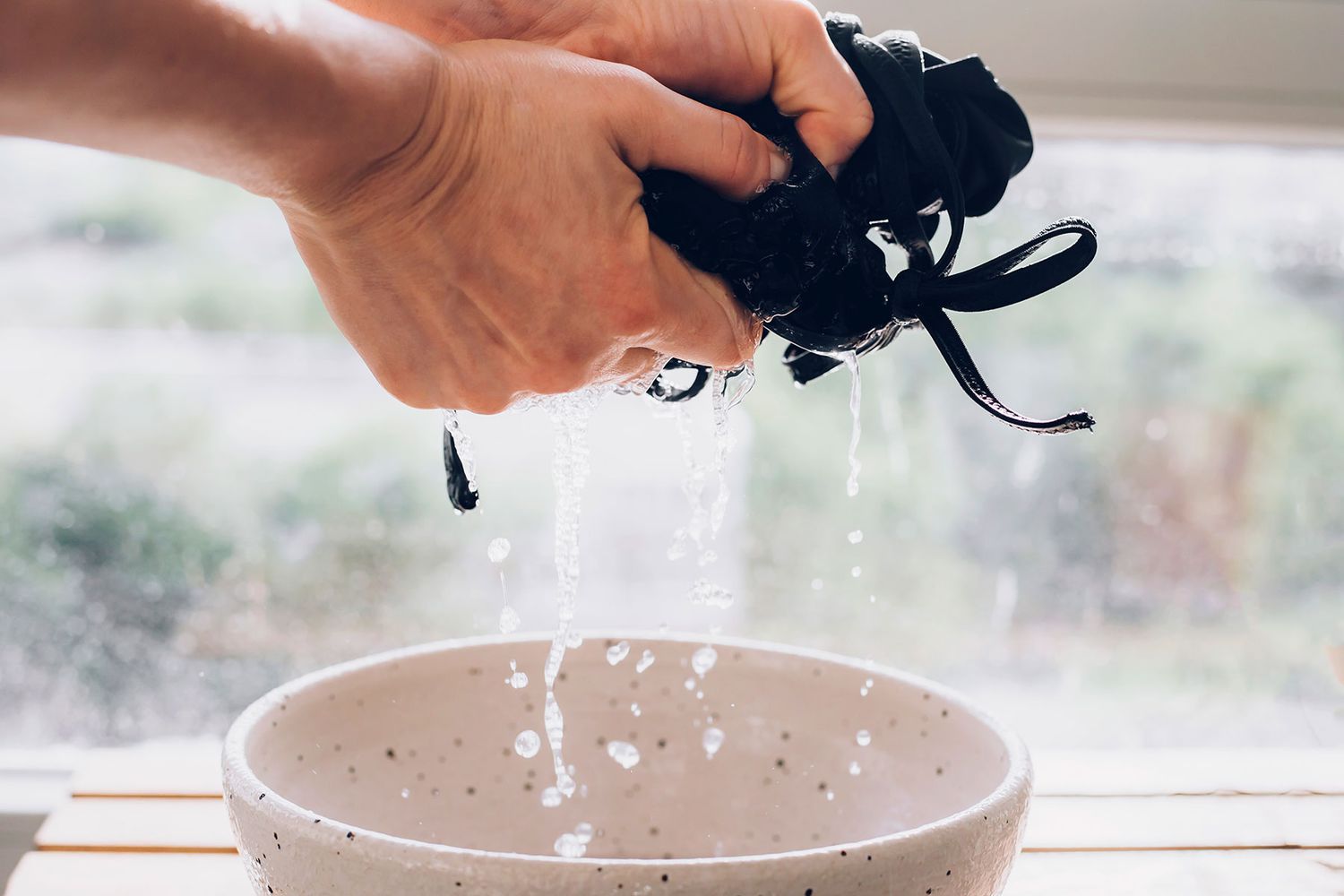

For Women
How To Hand Wash Swimwear
Modified: August 24, 2023
Learn how to properly hand wash swimwear for women with our step-by-step guide. Keep your favorite swimsuits in good condition and extend their lifespan.
(Many of the links in this article redirect to a specific reviewed product. Your purchase of these products through affiliate links helps to generate commission for Under-tec.com, at no extra cost. Learn more)
Table of Contents
- Introduction
- Why Hand Washing is Important for Swimwear
- Materials Needed for Hand Washing Swimwear
- Step 1: Preparing the Swimwear for Washing
- Step 2: Filling the Basin with Water
- Step 3: Adding Gentle Detergent
- Step 4: Soaking the Swimwear
- Step 5: Gently Agitating the Swimwear
- Step 6: Rinsing the Swimwear
- Step 7: Removing Excess Water
- Step 8: Drying the Swimwear
- Conclusion
Introduction
Swimwear is not just another piece of clothing; it is a garment that requires special care and attention. Whether you just bought a brand new bikini or want to preserve your favorite swimsuit for years to come, hand washing is the best way to keep your swimwear looking fresh and vibrant.
In this article, we will guide you through the step-by-step process of hand washing swimwear to ensure its longevity and maintain its original shape and color. We will also explain why hand washing is important and the materials you will need for this task.
Hand washing swimwear not only helps to prolong its lifespan but also eliminates the risk of damaging it in the washing machine. Delicate fabrics, such as spandex or Lycra, can easily become stretched, faded, or snagged in the machine’s agitator or spin cycle. By choosing to hand wash your swimwear, you are taking a proactive step in protecting your investment and keeping it in pristine condition.
Additionally, hand washing is a more eco-friendly option as it reduces water and energy consumption compared to using a washing machine. By simply following the steps outlined in this article, you can contribute to a more sustainable lifestyle while ensuring your swimwear lasts for many summers to come.
So, if you’re ready to learn how to properly hand wash your swimwear, grab your favorite bikini or one-piece, and let’s get started!
Why Hand Washing is Important for Swimwear
Hand washing swimwear is essential for maintaining its quality and prolonging its lifespan. While it may be tempting to simply toss your swimwear into the washing machine, this can cause irreversible damage to the fabric, shape, and color of your beloved swimsuits.
One of the main reasons why hand washing is important for swimwear is because it allows you to have control over the washing process. Delicate fabrics, such as spandex or Lycra, can easily become stretched or misshapen when subjected to the harsh agitation and spin cycles of a washing machine. By hand washing, you can gently cleanse your swimwear, ensuring that it retains its original shape and elasticity.
In addition to maintaining the shape of your swimwear, hand washing also helps to preserve its color. Brightly colored swimsuits are vulnerable to fading when exposed to the friction and heat generated in a washing machine. By hand washing, you can prevent the colors from bleeding or fading, keeping your swimwear vibrant and eye-catching for longer.
Hand washing swimwear also helps to remove salt, chlorine, and other chemicals that can build up during your time in the water. These substances can be harsh on the fabric and may lead to discoloration or deterioration over time. By washing your swimwear by hand, you can ensure that these harmful substances are effectively removed, leaving your swimwear fresh and clean.
Furthermore, hand washing is a more gentle and delicate approach compared to machine washing. The agitator and spin cycle in a washing machine can be too rough for delicate fabrics, causing them to snag or tear. Hand washing allows you to take the time to treat your swimwear with care, reducing the risk of damage and extending its lifespan.
Lastly, hand washing swimwear is a more environmentally friendly option. It requires less water and energy consumption compared to the use of a washing machine. By choosing to hand wash your swimwear, you are making a small but impactful step towards a more sustainable lifestyle.
Given all these reasons, it’s clear why hand washing is the preferred method for taking care of your swimwear. In the next section, we will discuss the materials you will need to hand wash your swimwear effectively.
Materials Needed for Hand Washing Swimwear
Before you can start hand washing your swimwear, it’s important to gather the necessary materials. Having these items on hand will ensure that you can effectively clean your swimwear without any complications. Here are the materials you’ll need:
- Basin or sink: Find a clean basin or sink that is big enough to accommodate your swimwear. Avoid using a colored basin that could potentially stain your swimwear.
- Gentle detergent: Choose a detergent specifically formulated for delicate fabrics or one that is labeled as suitable for swimwear. Avoid using harsh detergents or bleach, as they can damage the fabric and affect the color of your swimwear.
- Soft towels: Have a few soft towels ready to absorb excess water from the swimwear and facilitate the drying process.
- Mesh laundry bag (optional): If you want to add an extra layer of protection to your swimwear, consider using a mesh laundry bag. This will prevent your swimwear from tangling or snagging on other items during the washing process.
- Water: Ensure you have access to clean, lukewarm water for both soaking and rinsing your swimwear. Avoid using extremely hot water, as it can damage the fabric.
These materials are readily available and will make the hand washing process for your swimwear much easier and more effective. Now that you have all the necessary items, let’s move on to the step-by-step instructions for hand washing swimwear in the next section.
Step 1: Preparing the Swimwear for Washing
Before you begin the hand washing process for your swimwear, it’s important to properly prepare the garment. This step will help ensure that your swimwear is clean and ready for the washing process. Here’s what you need to do:
- Check care instructions: Take a moment to review the care instructions on the label of your swimwear. Different fabrics and designs may have specific guidelines that you need to follow. Make sure you understand any restrictions or recommendations before proceeding.
- Remove any sand or debris: Shake off or gently brush away any sand, dirt, or debris that may be on your swimwear. This will prevent any particles from settling into the fabric during the washing process.
- Close any clasps or fastenings: If your swimwear has clasps or fastenings, make sure to secure them or close them before washing. This will help prevent them from getting damaged or tangled with other items during the washing process.
- Turn swimwear inside out: To protect the outer surface and any delicate embellishments, turn your swimwear inside out. This will also help to minimize any friction or rubbing that can occur during washing.
By following these steps, you are ensuring that your swimwear is clean and ready to be washed. Taking the time to properly prepare your swimwear will help improve the effectiveness of the hand washing process and maintain the overall quality of the garment. Once your swimwear is prepared, it’s time to move on to the next step: filling the basin with water.
Step 2: Filling the Basin with Water
Now that your swimwear is prepared, it’s time to fill the basin with water. This step is crucial as it determines the temperature and cleanliness of the water that will be used to wash your swimwear. Follow these instructions to ensure optimal conditions for hand washing:
- Choose the right water temperature: Fill the basin with lukewarm water. Avoid using hot water, as it can damage the fabric and affect the shape and color of your swimwear. Lukewarm water is gentle enough to cleanse the fabric effectively without causing any harm.
- Use clean water: Make sure the water you’re using is clean and free from any contaminants. If you’re uncertain about the quality of your tap water, consider using filtered or distilled water instead.
- Fill the basin to an appropriate level: Fill the basin with enough water to fully submerge your swimwear. This will ensure that the detergent can evenly distribute and properly cleanse the fabric. However, avoid overfilling the basin, as it may cause water to spill over the sides and make the washing process messy.
By following these guidelines, you’re creating an ideal environment for washing your swimwear. The lukewarm water will gently cleanse the fabric without causing any damage, ensuring that your swimwear remains in the best possible condition. Once the basin is filled with water, you’re ready to move on to the next step: adding gentle detergent.
Step 3: Adding Gentle Detergent
With the basin filled with lukewarm water, it’s time to add a gentle detergent specifically formulated for delicate fabrics. Follow these steps to ensure that you use the right amount of detergent and create a gentle cleaning solution for your swimwear:
- Read the detergent instructions: In order to determine the appropriate amount of detergent, refer to the instructions on the packaging. Different brands and types of detergent may have specific guidelines for usage.
- Measure the detergent: Based on the instructions, measure out the recommended amount of detergent. Remember that a little goes a long way when it comes to hand washing swimwear, so avoid using excessive amounts of detergent.
- Add the detergent to the water: Gently pour the measured detergent into the lukewarm water in the basin. Stir the water with your hand to ensure that the detergent is evenly distributed.
- Avoid harsh detergents or bleach: When selecting a detergent, opt for one that is specifically designed for delicate fabrics or swimwear. Avoid using harsh detergents or bleach, as they can damage the fabric and affect the color of your swimwear.
Adding a gentle detergent to the water creates a mild cleaning solution that will effectively remove dirt, sweat, sunscreen, and other residues from your swimwear. The right detergent will help preserve the fabric’s color and elasticity, ensuring that your swimwear remains in great condition. Once the detergent is added, it’s time to move on to the next step: soaking the swimwear.
Step 4: Soaking the Swimwear
Now that the gentle detergent is added to the lukewarm water, it’s time to soak your swimwear. This soaking step allows the detergent to penetrate the fabric and effectively remove any impurities. Follow these instructions for optimal results:
- Submerge the swimwear: Gently place your swimwear into the basin, ensuring that it is fully submerged in the water. Use your hands to press it down, helping it absorb the detergent solution.
- Allow for sufficient soaking time: Let your swimwear soak in the detergent solution for about 15 to 30 minutes. This duration provides ample time for the detergent to work its magic in loosening dirt and removing any lingering residues.
- Avoid excessive agitation: While it might be tempting to agitate or scrub the swimwear during soaking, it’s best to refrain from doing so. Aggressive movements can cause the fabric to stretch or become misshapen. Instead, allow the swimwear to gently soak and let the detergent do its job.
Soaking your swimwear is a crucial step in the hand washing process. It gives the gentle detergent enough time to penetrate the fabric and effectively remove any impurities or residues. By allowing your swimwear to soak, you’re ensuring a thorough and effective cleansing of the garment. Once the soak time is complete, it’s time to move on to the next step: gently agitating the swimwear.
Step 5: Gently Agitating the Swimwear
After the swimwear has soaked for the recommended time, it’s time to gently agitate it. This step helps to further loosen any dirt or residues from the fabric. Follow these instructions to ensure a careful and effective agitation:
- Use your hands: Gently swish and move the swimwear around in the water using your hands. This gentle agitation helps to dislodge any remaining dirt or residues that may be trapped in the fabric.
- Avoid vigorous movements: While it may be tempting to vigorously scrub or rub the swimwear, it’s essential to avoid aggressive movements. Excessive force can stretch or damage the fabric. Instead, focus on gentle movements that loosen dirt without compromising the integrity of the garment.
- Pay attention to problem areas: If there are specific stains or spots on the swimwear, you can lightly rub them with your fingers to help remove them. Be cautious not to apply too much pressure, as it may cause the fabric to become damaged.
The purpose of gently agitating the swimwear is to ensure that any remaining dirt or residues are released from the fabric. This step complements the soaking process by further loosening impurities for a thorough clean. Remember to be gentle and cautious while agitating your swimwear to maintain its shape and quality. Once you’re satisfied with the agitation, it’s time to move on to the next step: rinsing the swimwear.
Step 6: Rinsing the Swimwear
After gently agitating the swimwear, it’s crucial to rinse it thoroughly to remove any remnants of detergent and ensure that the fabric is clean. Follow these steps to effectively rinse your swimwear:
- Drain the soapy water: Carefully drain the soapy water from the basin or sink. You can use a colander or strainer to catch any loose debris and prevent it from going down the drain.
- Refill the basin with clean water: Fill the basin with clean, lukewarm water. This water will be used to rinse the swimwear and remove any traces of detergent.
- Submerge and swish the swimwear: Gently submerge the swimwear in the clean water and swish it around to rinse away any remaining detergent. Repeat this process a few times to ensure all detergent is thoroughly removed.
- Squeeze the swimwear: After rinsing, gently squeeze the swimwear to remove excess water. Avoid wringing or twisting the fabric, as this can distort the shape and elasticity of the garment.
Rinsing the swimwear is an important step to ensure that all traces of detergent are removed. It helps to restore the fabric’s natural texture and ensures that no residue is left behind. By following these steps, you can be confident that your swimwear is thoroughly rinsed and ready for the next stage of the hand washing process. Now that you have rinsed your swimwear, it’s time to move on to the next step: removing excess water.
Step 7: Removing Excess Water
After rinsing your swimwear, it’s important to remove excess water before the drying process. Follow these steps to effectively remove water from your swimwear:
- Gently squeeze out water: Take the swimwear and carefully squeeze it to remove excess water. Start from the top and work your way down, using a gentle but firm grip. Be cautious not to wring or twist the fabric, as this can damage its shape and elasticity.
- Absorb excess water with a towel: Lay a clean, soft towel on a flat surface and place the swimwear on top. Gently roll the towel and swimwear together, applying gentle pressure to absorb the remaining water from the fabric. Repeat this process with a dry towel if necessary.
- Avoid using excessive force: It’s important not to wring or twist the swimwear forcefully, as this can cause it to lose its shape and stretch out. Patience and a gentle touch are key when removing excess water.
By following these steps, you’ll effectively remove excess water from your swimwear without compromising its integrity. Removing excess water is essential to ensure a quicker drying time and prevent the fabric from becoming too heavy or stretched out. Now that you have removed excess water, it’s time to move on to the final step: drying the swimwear.
Step 8: Drying the Swimwear
Properly drying your swimwear after hand washing is crucial to maintain its shape and prevent any damage. Follow these steps to ensure your swimwear dries effectively:
- Reshape the swimwear: Gently reshape the swimwear to its original form. Smooth out any wrinkles or folds and adjust the straps, if necessary. This step helps to maintain the swimwear’s shape as it dries.
- Avoid direct sunlight: Find a well-ventilated area away from direct sunlight to avoid fading or discoloration. Direct sunlight can be harsh on swimwear fabrics and may cause them to lose their vibrant color over time.
- Use a drying rack or flat surface: Lay the swimwear flat on a clean towel, a drying rack, or a mesh surface. This allows air to circulate around the fabric and promotes even drying.
- Allow ample drying time: Patience is key when drying your swimwear. Allow it to air dry naturally, without the use of a dryer or direct heat source. The drying time may vary depending on factors such as fabric type, thickness, and humidity level, so it’s important to be patient.
- Avoid wringing or hanging: Do not wring out or hang the swimwear to dry, as this can cause it to stretch and lose its shape. Hanging can also lead to distortion and may result in unsightly marks from clothespins or hangers.
By following these steps, you’ll ensure that your swimwear dries properly and remains in excellent condition. Proper drying helps to preserve the fabric’s shape and color, allowing you to enjoy your favorite swimwear for many seasons to come. Remember to be patient and avoid rushing the drying process. Once your swimwear is completely dry, it’s ready to be worn again or stored until your next beach or poolside adventure.
Conclusion
Hand washing swimwear is a vital step in maintaining the quality and longevity of your favorite swim garments. By following the steps outlined in this article, you can effectively clean your swimwear while preserving its shape, color, and elasticity.
Hand washing is essential because it allows you to have control over the washing process, ensuring that delicate fabrics are not subjected to rough agitation in a washing machine. It also helps to prevent fading, stretching, or snagging that can occur when swimwear is machine washed.
Additionally, hand washing swimwear is an eco-friendly choice as it reduces water and energy consumption. By taking the time to hand wash, you contribute to a more sustainable lifestyle while keeping your swimwear in optimal condition.
Remember to gather the necessary materials, prepare your swimwear, fill the basin with lukewarm water, add a gentle detergent, soak and gently agitate the swimwear, rinse thoroughly, remove excess water, and allow it to air dry properly. Following these steps will ensure that your swimwear stays fresh, vibrant, and ready for your next aquatic adventure.
So, take the time to give your swimwear the care it deserves. By incorporating these hand washing techniques into your routine, you can extend the longevity of your swimwear and enjoy its beauty and functionality for many summers to come.

